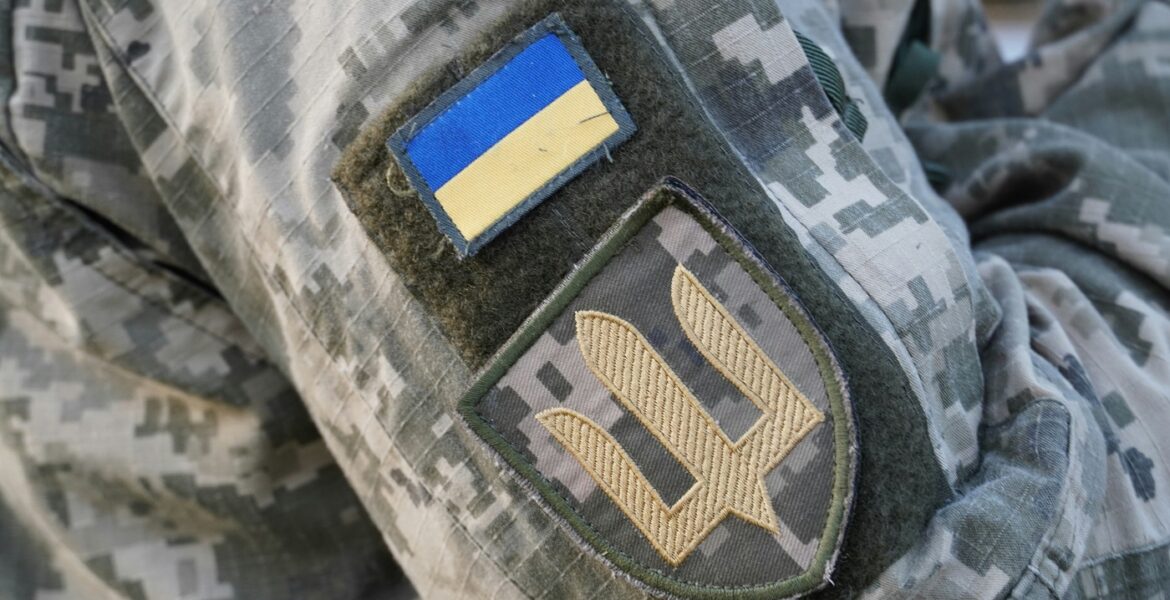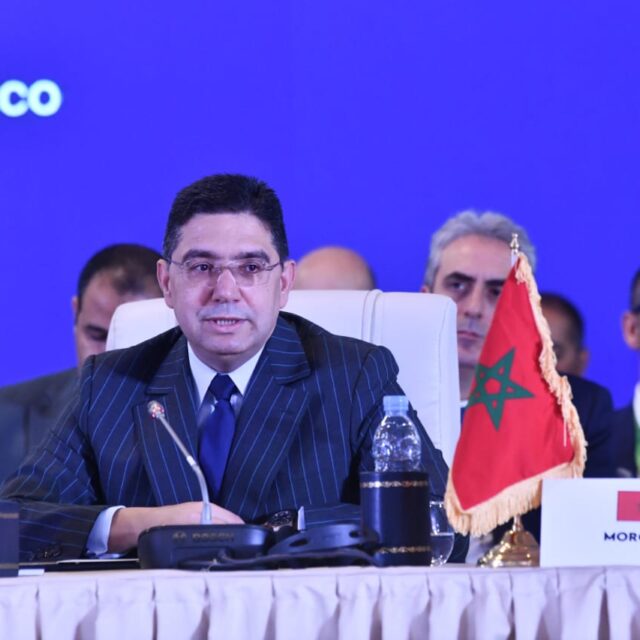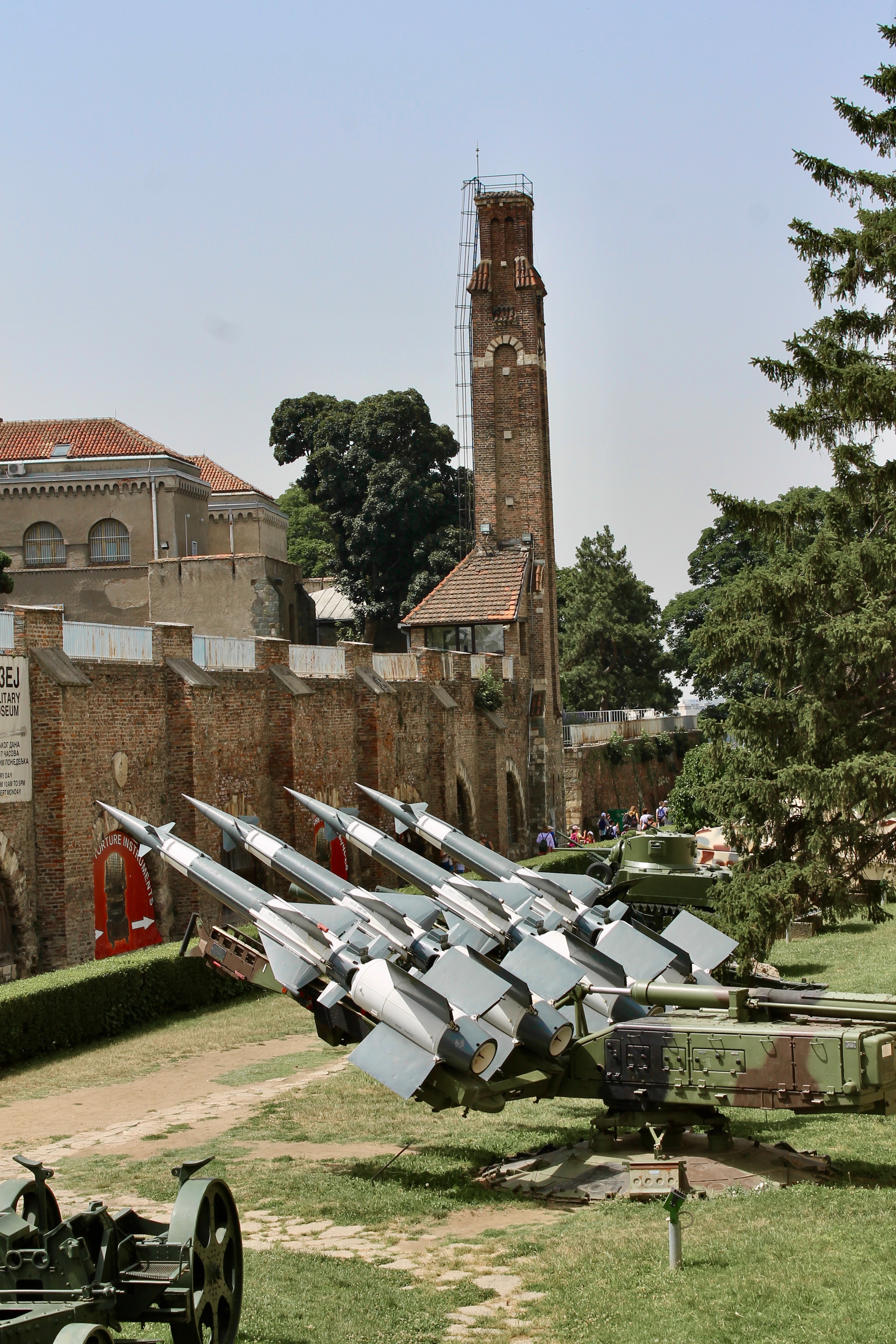Photo by Žilvinas Ka on Unsplash
Ukraine is entering a decisive phase of defence against Russia’s war of invasion – not only on the battlefield but also in the realm of international diplomacy. While pressure mounts from Western partners to negotiate a ceasefire, Russia continues its military operations with open disregard for peace initiatives. The paradox is striking: the West is still attempting to persuade the Kremlin to halt an aggression that Moscow doesn’t even pretend to hide.
On the ground, the situation remains critical. Russian forces have intensified attacks in the Donetsk region, targeting areas near Toretsk, Kostiantynivka, and Klishchiivka with repeated “wave-style” offensives involving fresh reserves. In the Sumy region, Ukrainian forces are engaged in defensive operations near the village of Basivka, where recent Russian actions suggest probing manoeuvres – possibly in preparation for a wider summer campaign.
These developments coincide with heightened diplomatic activity. On April 17, key representatives from the United States, France, Germany, and Ukraine convened in Paris and reiterated that a full and unconditional ceasefire should be the first step toward lasting peace. The formula was welcomed by U.S. officials, with the Trump administration reportedly eager to broker a breakthrough ahead of Easter on April 20, a symbolic date celebrated by both Western and Eastern Christians this year.
Yet any hope for a so-called Easter peace quickly dissipated. Only hours after the Paris talks, Russia’s UN envoy Vasily Nebenzya publicly dismissed the idea of a ceasefire as completely unrealistic. His remarks came amidst renewed Russian strikes, including attacks on civilian infrastructure. In Kyiv, the message was interpreted unambiguously: once again, Moscow is using diplomacy not as a genuine effort for resolution, but as tactical cover for continued aggression.
Despite this, President Trump issued an ultimatum to Vladimir Putin: halt hostilities by April 20 or face renewed U.S. military aid to Ukraine and a new round of sanctions. Critics, however, warn that this approach risks playing into Moscow’s hands. By imposing deadlines without ensuring reciprocal commitments, Washington could inadvertently allow the Kremlin to stall for time while shifting blame for failed diplomacy onto Kyiv.
In contrast, Ukraine’s European allies have adopted a firmer stance. French President Emmanuel Macron, German Chancellor Olaf Scholz, and Polish Prime Minister Donald Tusk all stressed, in separate statements, that no peace deal can be made without Ukraine’s full participation. NATO Secretary-General Mark Rutte echoed this position during his April 14 visit to Odesa, stating: “Peace cannot come from bargaining over the head of a nation fighting for its survival.” He referenced the deadly Russian strike on Sumy, which killed 34 people, including two children, as evidence that Russia seeks destruction, not dialogue.
Ukrainian President Volodymyr Zelenskyy reaffirmed his government’s position in a national address on April 17: “Peace without justice is merely a pause before the next war.” He insisted that any ceasefire must include the full withdrawal of Russian troops and legal guarantees holding Moscow accountable. Anything less, he warned, would simply freeze the conflict rather than resolve it.
So Ukraine finds itself navigating a perilous path, caught between external pressure to accept a truce and the grim reality of ongoing war. Entering into vague negotiations without concrete commitments from Russia contradicts the principles of international law and sets a dangerous precedent: that aggression can be rewarded with political concessions. Ukraine’s role in peace talks must not be symbolic, but central. Only through meaningful and equal participation can the errors of past negotiations, which too often paved the way for renewed violence, be avoided.




